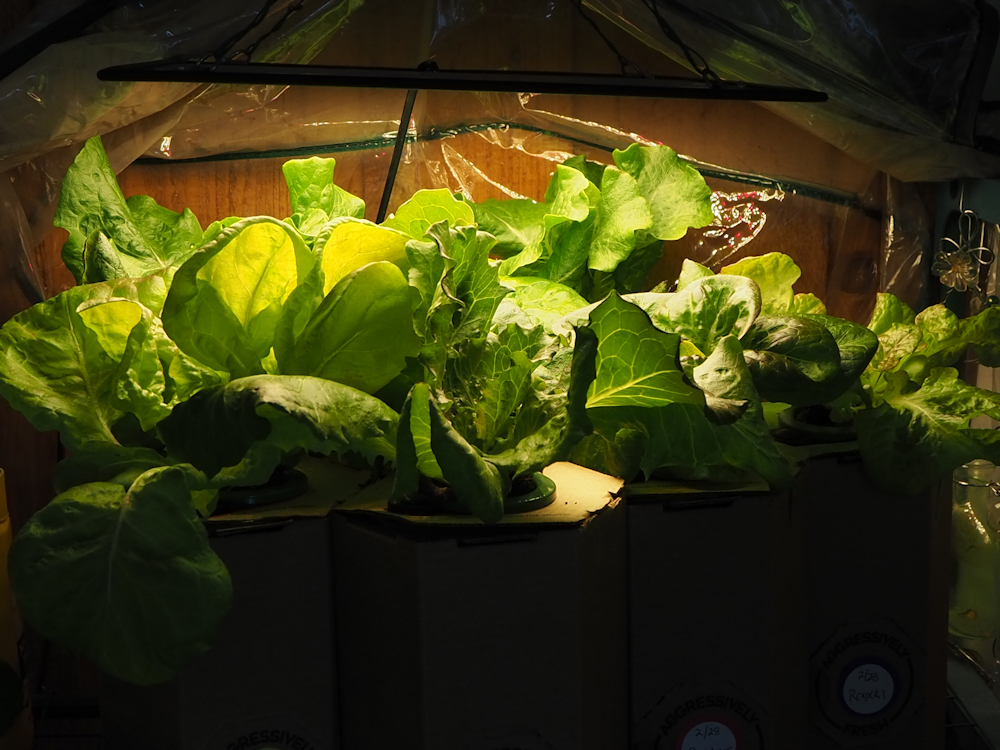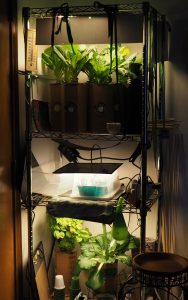My home life revolves around food two days a week. I love cooking and for a year I’ve had almost no-one to cook for.
I discovered some months ago that when I don’t cook, I get more stressed. I’ve been nodding sympathetically at people’s stories of the joy of baking and their discovery of sourdough.
I have a very large repertoire of dishes and I love cooking and… I’m on a bit of a restricted diet. Also, I have deadlines on top of deadlines.
This is why I liberate myself twice a week. To be honest, it’s sometimes more than twice a week and sometimes less. This week it’s been fewer long sessions but more sessions, because someone gave me many tomatoes and I made a tomato base for almost any food. It was one that took four days, on and off, because it’s winter here and tomatoes are watery. Six kilograms of tomatoes gave me 1 ½ litres of my sauce. I instantly gave a half litre to a friend who is helping me get out of the internet nightmare this month has been (I haven’t lost my internet at any stage, but my landline has been missing in action for twenty days so far), so I have just enough for seven days of interesting food.
When that was done, I looked in my fridge. I have trouble putting out rubbish (the bins are tall and heavy and 100 metres away, and I’m working on my lifting muscles so that I can regain that truly exciting fragment of my life) so when friends come by, they often take a bag of rubbish out with them.
Since I know this friend will be drilling in my wall tomorrow to help solve one of the problems that has been bugging things around here, I spent an hour tonight chopping up everything that looked old or in need of finishing. I threw out the bruised mushrooms and cut the rest. I found so many shallots, getting sad and in need of love. That was really all I did tonight. I have several containers of vegetables, and I have all that passata, and I have 3 meals’ worth of salads made, so I don’t have to cook until Friday. I will probably do another bout on Wednesday, for cooking helps me think, then I’ll leave it to the weekend. All the scraps are ready to go out and my fridge looks much less crowded.
What am I going to cook with the tomatoes and vegetables? I’m so glad you asked.
One container is earmarked for shakshuka, because I have everything I need for that except cayenne and I can wing cayenne given I have seven other types of chili. The other is for a pasta sauce with those mushrooms, some of the shallots (or maybe an onion), kalamata olives, feta cheese and maybe, just maybe, some green capsicum. These are both easy and quick dishes once one has a good tomato base, and this week is furiously busy.
I’m not cooking any bread. I can cook bread. I’ve cooked bread since I was a pre-teen. It’s not good for me and I love it and everyone else is talking about it all the time, so I’m not even going to make a flatbread to eat with the shakshuka. Yes, I’m sulking. Bread is fun to make and kneading gives me time to think and my writing is the better for it… but it’s not good for me. I have a right to sulk.
When I’m past this deadline I get to explore some of the more interesting ingredients in my cupboard. Some of my friends (who know me all too well) send me little parcels of local food from their country or they send me chocolate and tea. Food. I get occasional hampers of food from wise friends. I love these hampers and I eat most of them fairly quickly, then stash some parts away for when I need to be cheered up. I have herbes de Provence from France and chocolate from Ireland and grits from Germany and more, hidden so that on bad days when I open the larder and stare in misery, memories of those hampers stare back and I’m forced to smile and totally and entirely forced to cook.
Some of my ingredients are a little old now. I’m still saving them. I predicted the disruption to international post and knew my presents from friends would be rare for a time and I refused to not have my friends make me smile, so I checked all the use by dates and put the must-eat at the friend of the larder, the must-eat within a few months within eyesight (but not at the front) and the will-;last-forever under everything.
What’s very odd is despite the fact that I’m not supposed to mix with people (iso is iso – so many of us have health issues) I make sure I have enough food to feed several friend sin case they drop round. Which they won’t. Which, in fact, they can’t. But it makes me happy to know I can feed people.
This post was brought to you by my favourite (Korean) instant noodles. They are one of my cheer-up foods and they are currently unobtainable. I ate my last packet tonight. Don’t worry – I still have chocolate.


